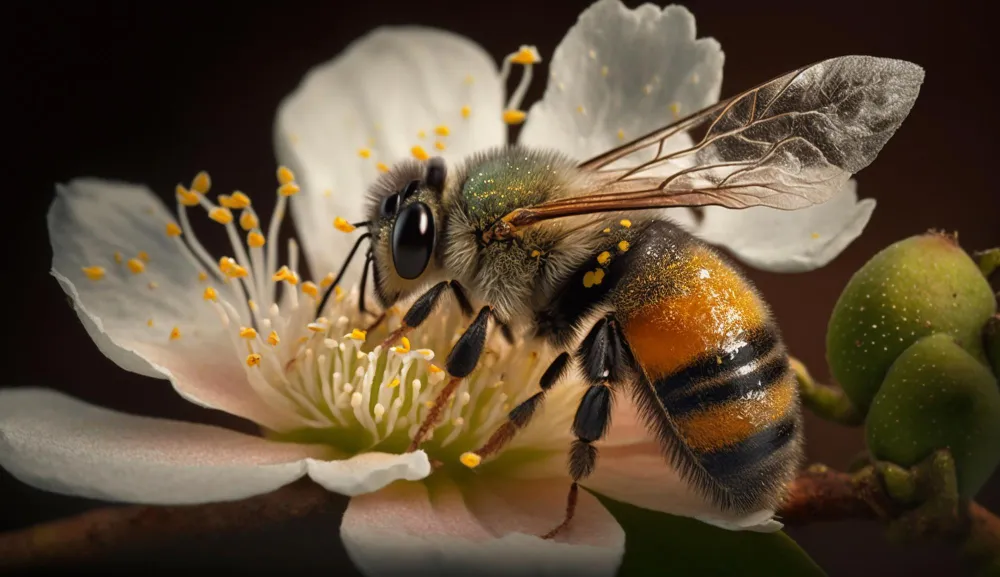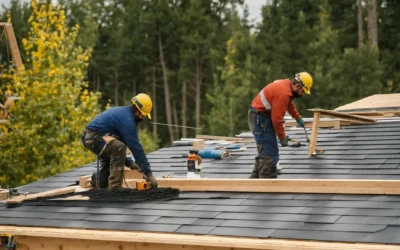Table of Contents
Introduction
Queen bees hold an essential role in the survival and productivity of bee colonies. These pivotal members not only ensure the reproduction of the colony but also maintain harmony and efficiency within the hive. The breeding of queen bees, therefore, is not just a practice of cultivating insects but a critical endeavour that supports the entire ecosystem of beekeeping.
The process of breeding queen bees involves a combination of natural and controlled methods aimed at producing queens with desirable traits such as disease resistance, productivity, and longevity. This blog post will delve into the intricate world of queen bee breeding, exploring the lifecycle of a queen, the various breeding techniques employed, and the challenges faced by beekeepers during this process.
The objective is to provide a comprehensive guide to sustainable queen bee breeding practices that support healthy colonies and contribute to the broader goals of apiculture. Through this exploration, readers will gain a deeper understanding of the pivotal role queen bees play and how advanced breeding techniques can enhance the overall health and efficiency of bee populations.
The Life Cycle of a Queen Bee
The life cycle of a queen bee is both fascinating and pivotal to the health and longevity of the entire bee colony. It begins when the worker bees choose several young larvae to be potential queens, feeding them with a rich, nutritious secretion known as royal jelly. This special diet triggers the development of a larva into a queen rather than a worker bee. Unlike worker bees, a queen bee’s development is rapid, taking only 16 days from egg to adult compared to 21 days for workers.
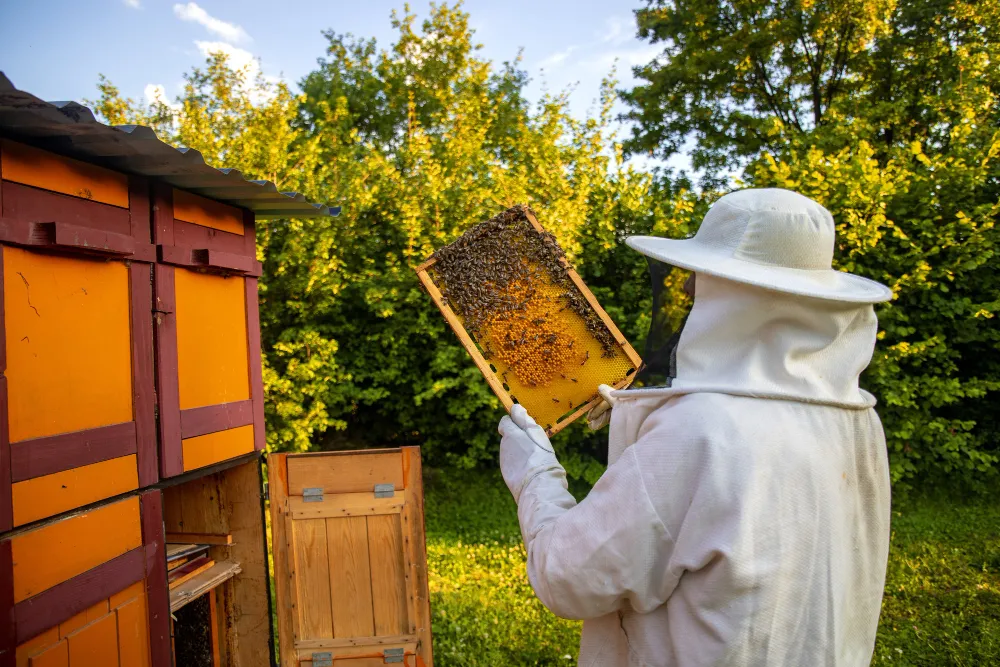
Upon emerging, a young queen’s first few days are crucial. If other virgin queens are present, a battle for supremacy ensues until only one remains. This victorious queen then undertakes a series of mating flights to collect sperm from multiple drones, storing it in her spermatheca to fertilize millions of eggs throughout her life, which can last several years. In contrast, worker bees typically live only a few weeks during active seasons.
The queen’s sole function is to lay eggs, and her presence and health directly influence the hive’s productivity and stability. She releases pheromones that regulate the hive’s activities and maintain harmony among the colony’s members. Factors such as genetics, nutrition during larval stages, and the overall hive environment play a critical role in determining the queen’s longevity and effectiveness. A strong, healthy queen can lay up to 2,000 eggs per day during peak seasons, making her role irreplaceable in supporting the colony’s growth and survival.
Breeding Techniques for Queen Bees
Queen bee breeding is a meticulous process that involves careful selection and management to ensure the health and productivity of future colonies. The first step in this process is selecting the right queen mothers, which is critical for maintaining desirable traits within the hive. Beekeepers look for queen bees that exhibit strong genetic traits such as disease resistance, productivity, and favourable behavioural characteristics like gentleness and efficient foraging. These queens are then propagated to enhance these traits across the beekeeping operation.
Once suitable queen mothers have been identified, the actual breeding methods come into play. There are primarily two approaches: artificial insemination and natural mating. Artificial insemination is a controlled process where semen from carefully selected drones is directly injected into the queen, allowing for precise genetic management. This method is particularly beneficial for breeding specific traits and eliminating the randomness of natural mating, though it requires specialised skills and equipment.
Natural mating, on the other hand, occurs in mating yards where virgin queens are allowed to mate with drones in a more natural setting. This process can be less predictable but supports genetic diversity and vitality within the population. Mating yards are typically isolated to prevent interbreeding with undesirable drone populations and to control the genetic input as much as possible in a natural environment.
Overall, the choice of breeding method depends on the beekeeper’s goals, resources, and the specific challenges they face in their apiary management. Both methods have their advantages and can be used effectively to sustain and enhance bee colony health and productivity.
Challenges in Queen Bee Breeding
Breeding queen bees presents a range of challenges that beekeepers must navigate to ensure the health and sustainability of their colonies. One of the most significant issues is maintaining genetic diversity within the bee population. Genetic diversity is crucial for the resilience of colonies, enabling them to withstand diseases and adapt to changing environmental conditions. However, in controlled breeding environments, there is a high risk of inbreeding if not enough diverse genetic material is introduced. This can lead to weakened colonies that are more susceptible to diseases and have lower productivity.
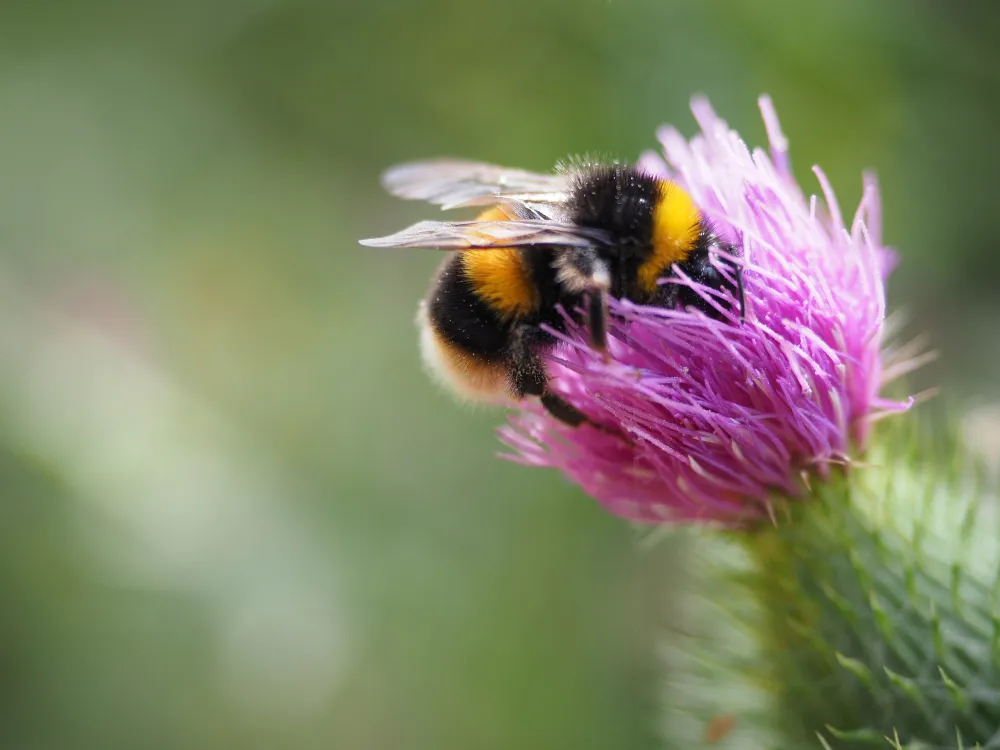
Environmental stressors also play a critical role in the success of queen bee breeding. Factors such as pesticide exposure, habitat loss, and climate change can adversely affect queen health and vitality, ultimately impacting the entire colony. These stressors can reduce the queens’ ability to produce viable offspring and may even shorten their lifespan. Managing these environmental factors is crucial for the success of breeding programs and the overall health of bee populations.
Furthermore, disease management in queen breeding is paramount. Diseases like American Foulbrood and Varroa mites can devastate colonies, and the spread of these diseases can be exacerbated in breeding settings where many colonies are concentrated. Beekeepers must employ strict biosecurity measures to prevent the spread of pathogens and monitor the health of breeding queens and their offspring closely.
These challenges require careful consideration and management to maintain the health and sustainability of queen bee populations. By addressing these issues, beekeepers can help ensure the success of their breeding programs and the long-term viability of their beekeeping operations.
Best Practices for Sustainable Queen Breeding
When it comes to queen bee breeding, sustainability is key. A successful breeding program not only enhances colony health but also ensures that bee populations can thrive for generations to come. To achieve this, beekeepers must adopt a range of best practices that focus on genetic management, colony health, and community collaboration.
Integrating Genetic Management Strategies
Genetic management is critical in maintaining a robust bee population. Beekeepers should aim to preserve genetic diversity within their colonies while selecting traits that promote health and productivity. This involves careful selection of queens and drones based on their genetic backgrounds and health records. Utilising a diverse gene pool helps prevent the risks associated with inbreeding, which can lead to increased susceptibility to disease and reduced colony vigour. Beekeepers can also participate in regional breeding programs to exchange breeding stock, thus broadening the genetic base of their operations.
Enhancing Colony Health through Selective Breeding
Selective breeding is another cornerstone of sustainable queen bee production. By choosing breeding stock that exhibit strong disease resistance and desirable behavioural traits, such as gentleness and effective foraging, beekeepers can gradually enhance the overall health and efficiency of their colonies. It is also essential to regularly monitor and assess the health of queens and their offspring, ensuring that only the most viable and robust queens are introduced into production hives. This proactive approach not only improves the longevity and productivity of the colonies but also reduces the need for chemical interventions.
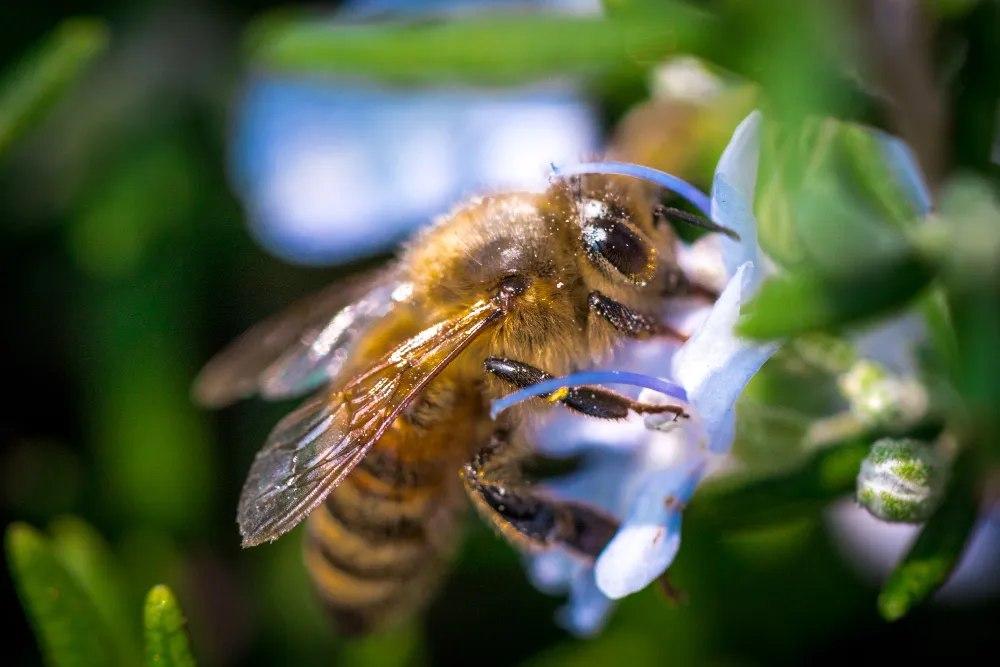
Collaboration and Data Sharing among Beekeepers
Sustainability in queen breeding is not just about individual efforts but also hinges on the wider beekeeping community. Collaboration among beekeepers allows for the sharing of insights, techniques, and breeding stock, enhancing the effectiveness of breeding programs across different environments and conditions. Data sharing, particularly regarding breeding outcomes and health status of colonies, can help beekeepers identify more resilient genetic lines and refine breeding strategies. Moreover, joining forces with research institutions and participating in workshops and seminars can provide beekeepers with access to the latest scientific findings and technological advancements in queen breeding.
By embracing these practices, beekeepers can ensure the sustainability of their queen breeding endeavors, contributing to the health and stability of bee populations worldwide. This not only benefits the beekeeping community but also supports biodiversity and the global ecosystem.
Technological Advancements in Queen Bee Breeding
The field of queen bee breeding has seen significant technological advancements that have reshaped traditional practices and improved the outcomes of breeding programs. One of the most notable developments is the use of genetic testing and marker-assisted selection. This technology enables beekeepers to identify and select queen bees with desirable genetic traits more accurately. Genetic markers can highlight queens with enhanced resistance to diseases, superior productivity, and better adaptability to environmental stresses. By targeting these specific traits, beekeepers can ensure the health and efficiency of their colonies are optimised, leading to more sustainable apiculture practices.
Additionally, the impact of technology on breeding efficiency cannot be overstated. Artificial insemination, for example, has become a more precise tool thanks to improvements in micro-syringe designs and semen preservation techniques. This method allows for controlled breeding where the genetic makeup of the future queen’s offspring is carefully curated, minimising the risks associated with natural mating such as disease transmission and genetic unpredictability.
Looking forward, the future prospects in queen breeding technologies appear promising. Innovations such as drone technology for better monitoring of mating flights and automated systems for tracking queen bee health are being developed. These advancements could further streamline the breeding process, reduce labour costs, and enhance the overall success rates of queen rearing programs. As these technologies continue to evolve, they hold the potential to revolutionise queen bee breeding, making it more efficient, effective, and environmentally sustainable.
Case Studies and Successful Queen Breeding Programmes
Successful queen bee breeding programmes provide vital insights into the practical applications of theoretical breeding practices, showcasing how theory is transformed into practice to benefit beekeeping operations and the broader ecosystem.
One notable example comes from a commercial beekeeping operation in South East England, where the focus has been on breeding queens that are not only resistant to diseases such as Varroa mite infestation but also exhibit traits conducive to high productivity. By employing marker-assisted selection, the programme successfully increased the genetic diversity of their queens while enhancing traits such as honey production and temperament. This has resulted in colonies that are more robust and less susceptible to common diseases, ultimately improving yield and reducing colony losses.
Another example involves a network of hobbyist beekeepers in Scotland who collaborate on a queen breeding project aimed at enhancing the genetic traits of native black bees. By sharing data and resources, they have developed a breeding programme that prioritises the preservation of genetic heritage and adapts to the challenging Scottish climate. This collaborative approach has not only improved the survival rates of hives during harsh winters but also fostered a community of beekeepers who are deeply invested in sustainable practices.
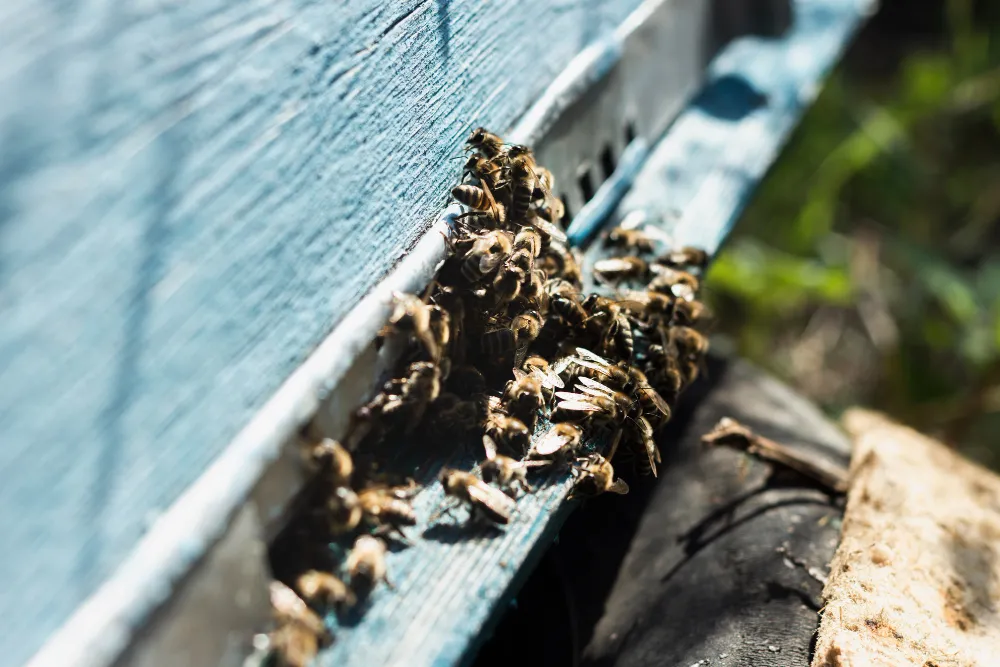
In the realm of sustainable queen bee breeding, the Pasieka Smolen Matki Pszczele apiary in Poland stands out as a prime example of success. This family-run beekeeping operation has been at the forefront of pioneering queen bee breeding techniques that prioritize both the health of the bees and the quality of honey production.
Pasieka Smolen has developed a unique breeding program that focuses on selecting queen bees that exhibit strong resistance to diseases, particularly those prevalent in the Polish climate. They also emphasize traits that promote longer lifespan and better winter survival rates. Their meticulous selection process involves both traditional methods and modern scientific approaches, ensuring that each generation of queen bees is robust and well-suited for their specific environmental conditions.
The success of Pasieka Smolen’s breeding program can be seen in the vitality of their colonies and the superior quality of the honey produced. The apiary has become a model for other beekeepers in the region, demonstrating how targeted queen breeding can significantly enhance colony health and productivity. Their approach not only supports the sustainability of their beekeeping operation but also contributes to the biodiversity and ecological health of their local area.
Through workshops and community engagement, Pasieka Smolen shares their knowledge and techniques with other beekeepers, fostering a network of sustainable beekeeping practices across Poland. This not only helps in preserving the local bee populations but also educates and inspires a new generation of beekeepers to adopt environmentally friendly and effective breeding techniques.
These case studies illustrate the positive impacts of thoughtful queen breeding programmes. They highlight how different scales of operation, from commercial to hobbyist, can implement advanced breeding strategies tailored to specific needs and environments. By learning from these successes, beekeepers worldwide can apply similar strategies to improve the resilience and productivity of their hives.
Conclusion
A. The Importance of Ethical Breeding Practices
The breeding of queen bees holds significant ethical responsibilities, not only due to the central role that these queens play within their colonies but also because of their impact on the broader ecosystem. Ethical breeding practices ensure the health and viability of bee populations by prioritising genetic diversity, disease resistance, and the natural behaviour of bees. Such practices help maintain the ecological balance and contribute to the sustainability of beekeeping. Moreover, ethical breeding aligns with global efforts to protect pollinators, crucial for biodiversity and agricultural productivity.
B. How Effective Queen Bee Breeding Benefits the Entire Ecosystem
Effective queen bee breeding extends its benefits far beyond individual colonies. Healthy, strong queens produce robust colonies that are better equipped to withstand diseases and environmental stresses. This strength translates into greater pollination capabilities, crucial for wild flora and agricultural crops alike. Enhanced pollination services improve food security, support healthy ecosystems, and foster biodiversity. Additionally, well-bred queens help ensure the continuity of bee populations, which face threats from habitat loss, pesticides, and climate change.
C. Encouraging Further Research and Participation in Queen Breeding
To continue advancing the field of queen bee breeding, further research is essential. This research should focus on improving breeding techniques, understanding genetic markers better, and developing strategies to mitigate the impacts of environmental changes. Encouraging participation from both commercial and hobbyist beekeepers through educational programmes can also spread best practices and innovative methods. By fostering a community of informed and engaged beekeepers, the apiculture industry can thrive, ensuring the health and longevity of bee populations worldwide.

